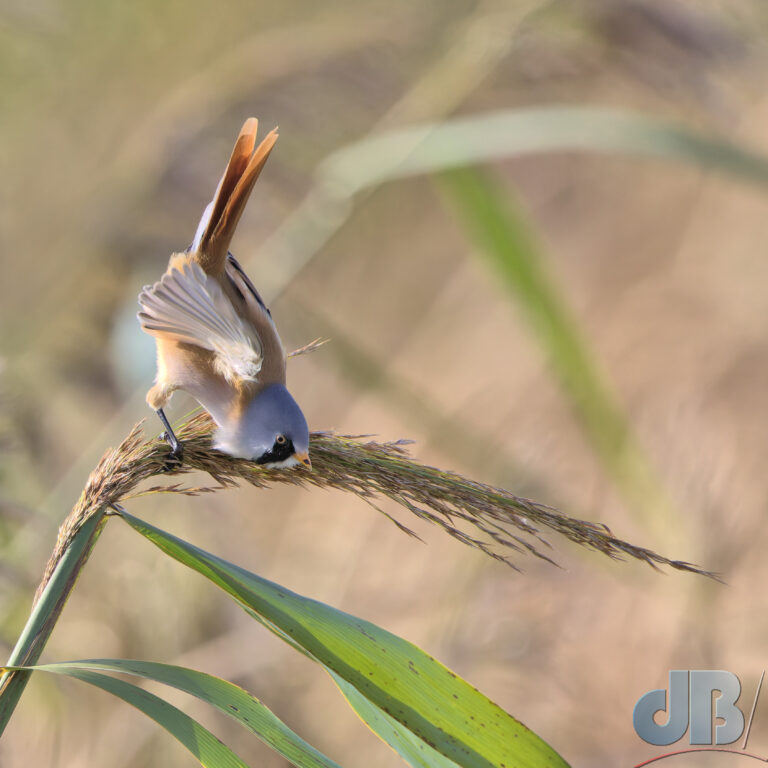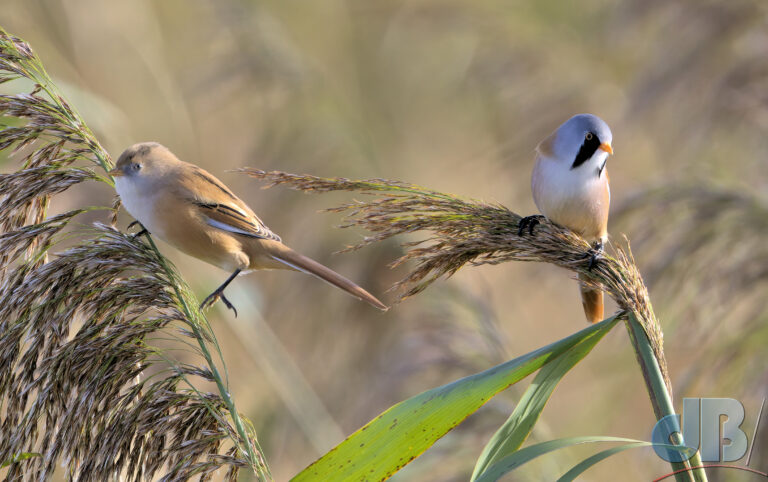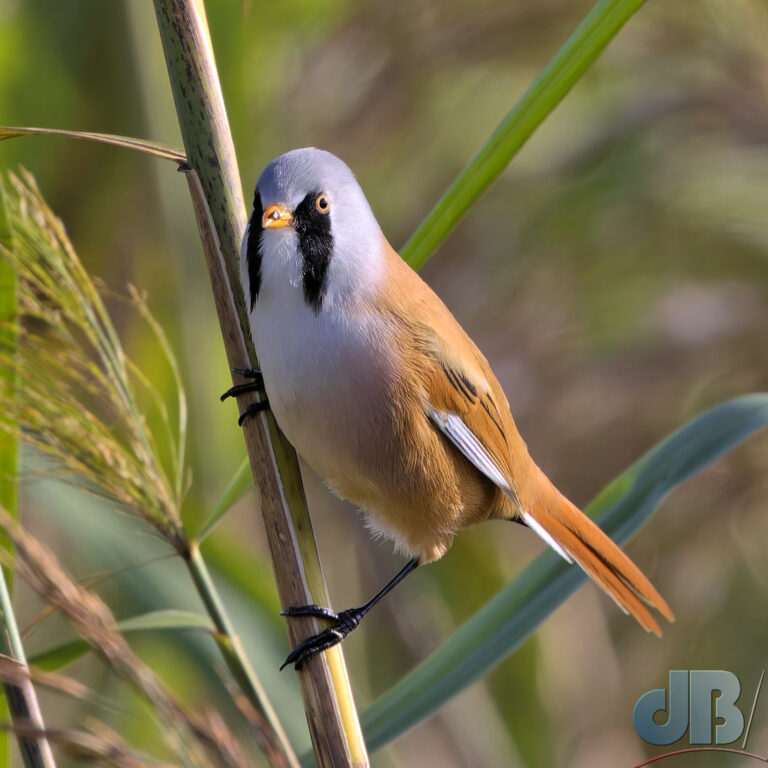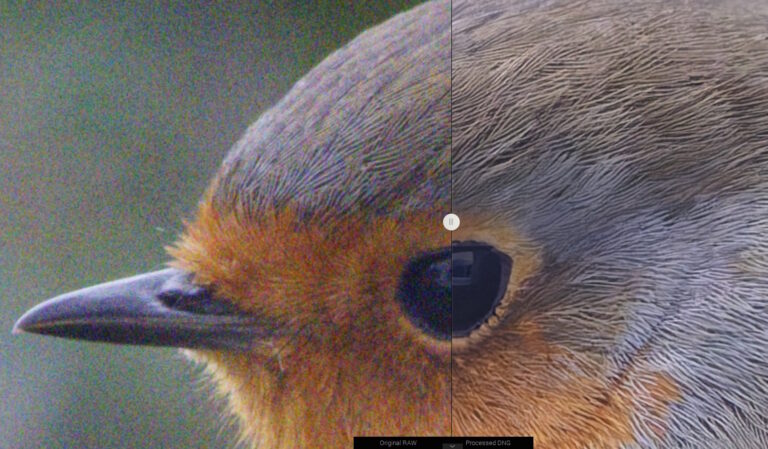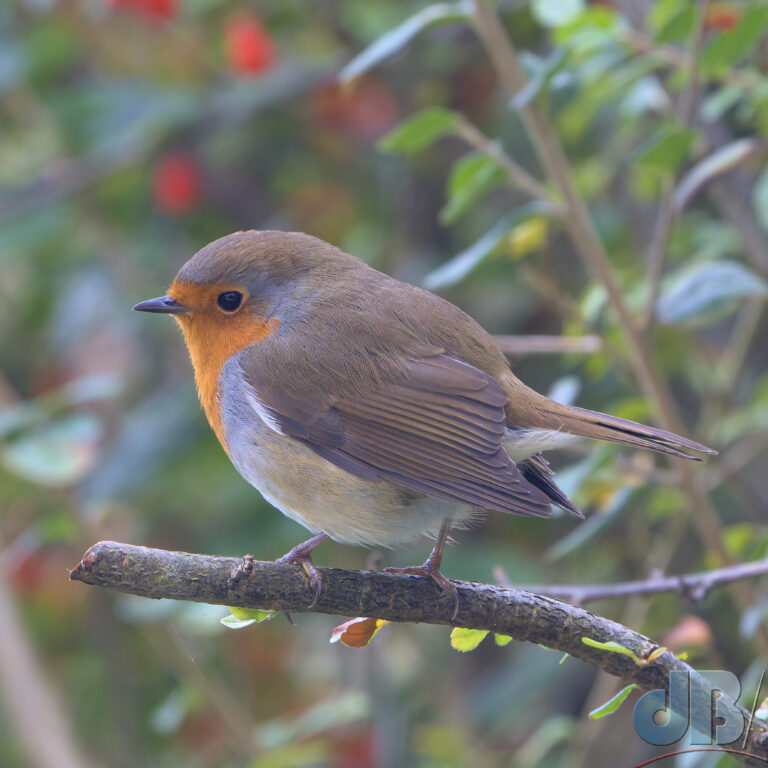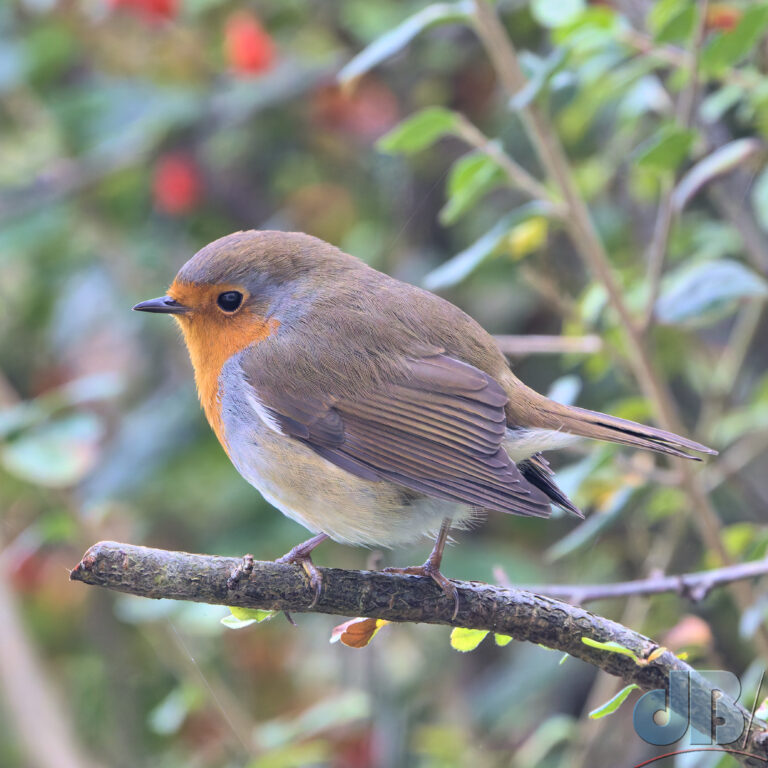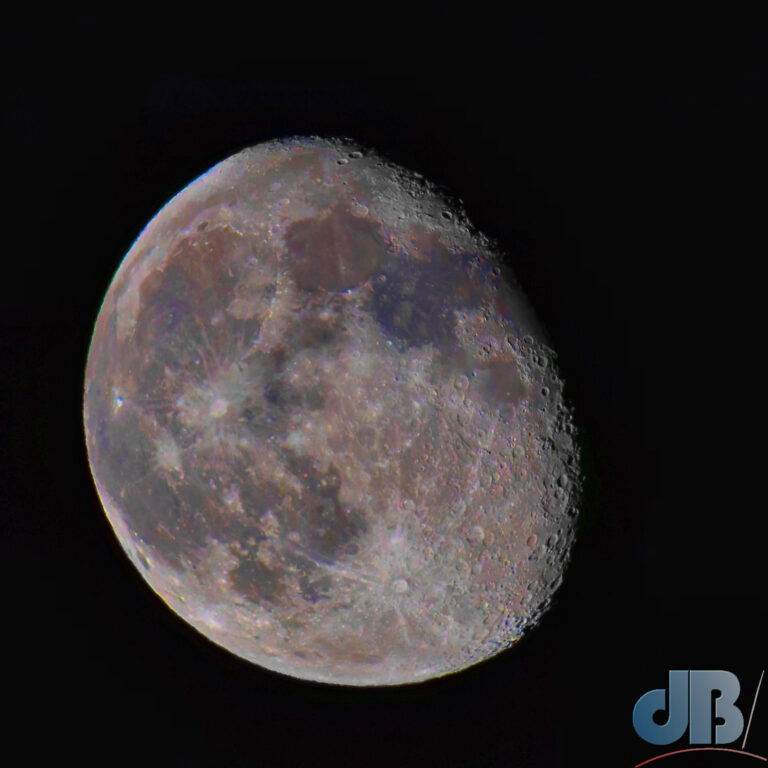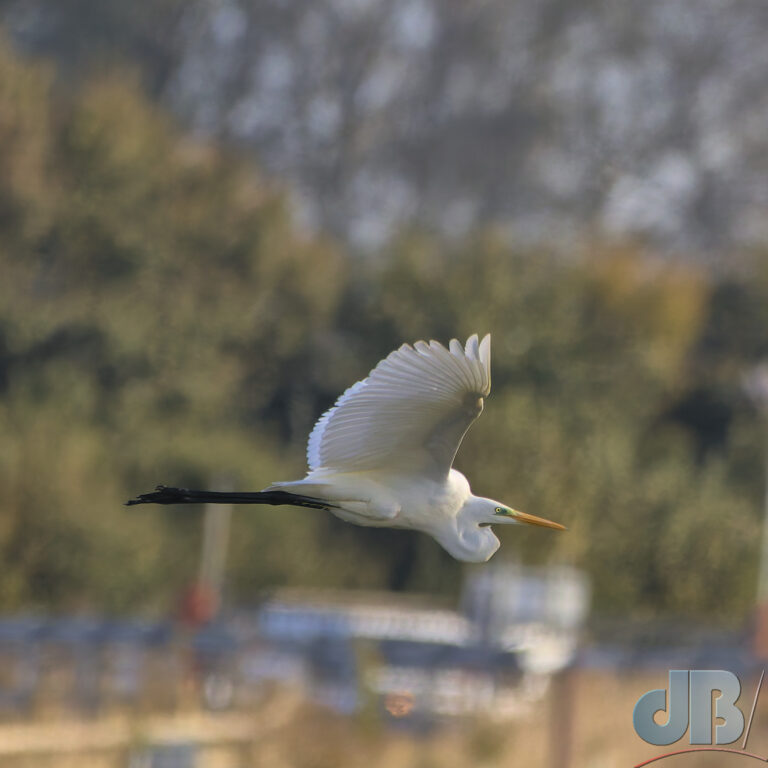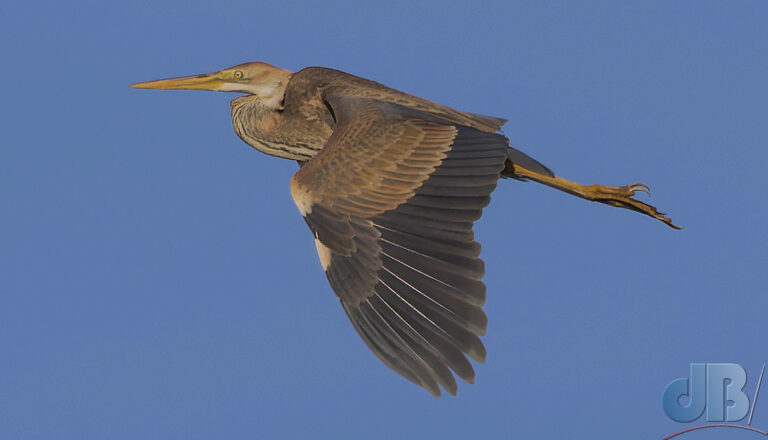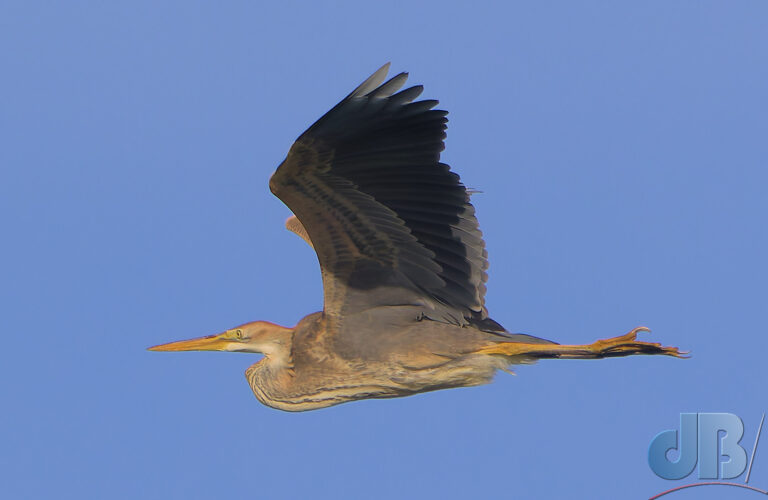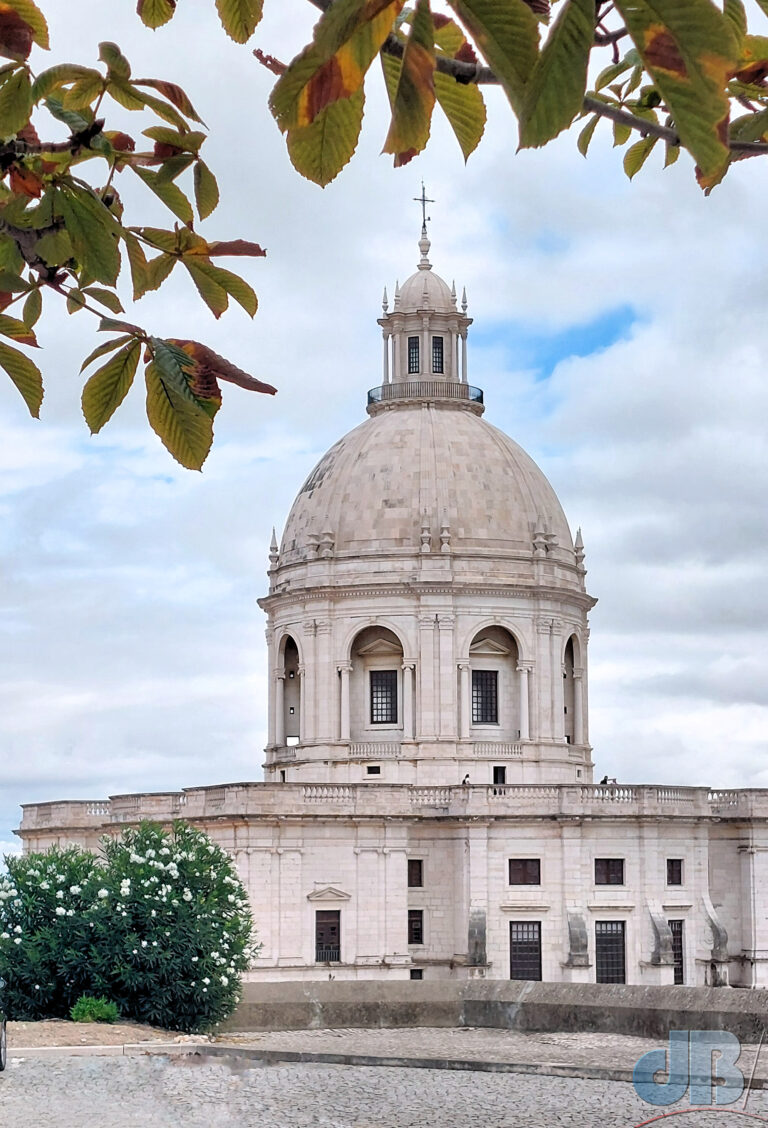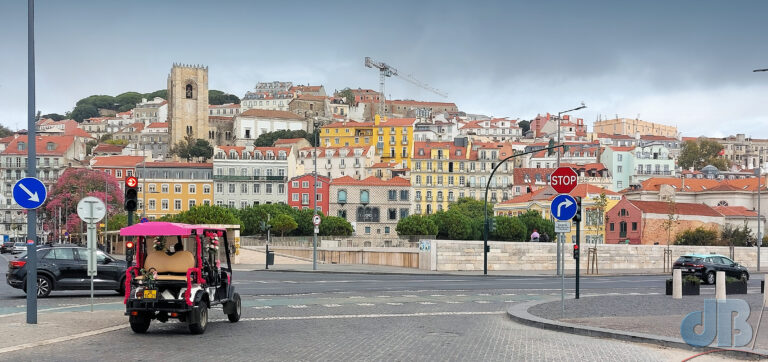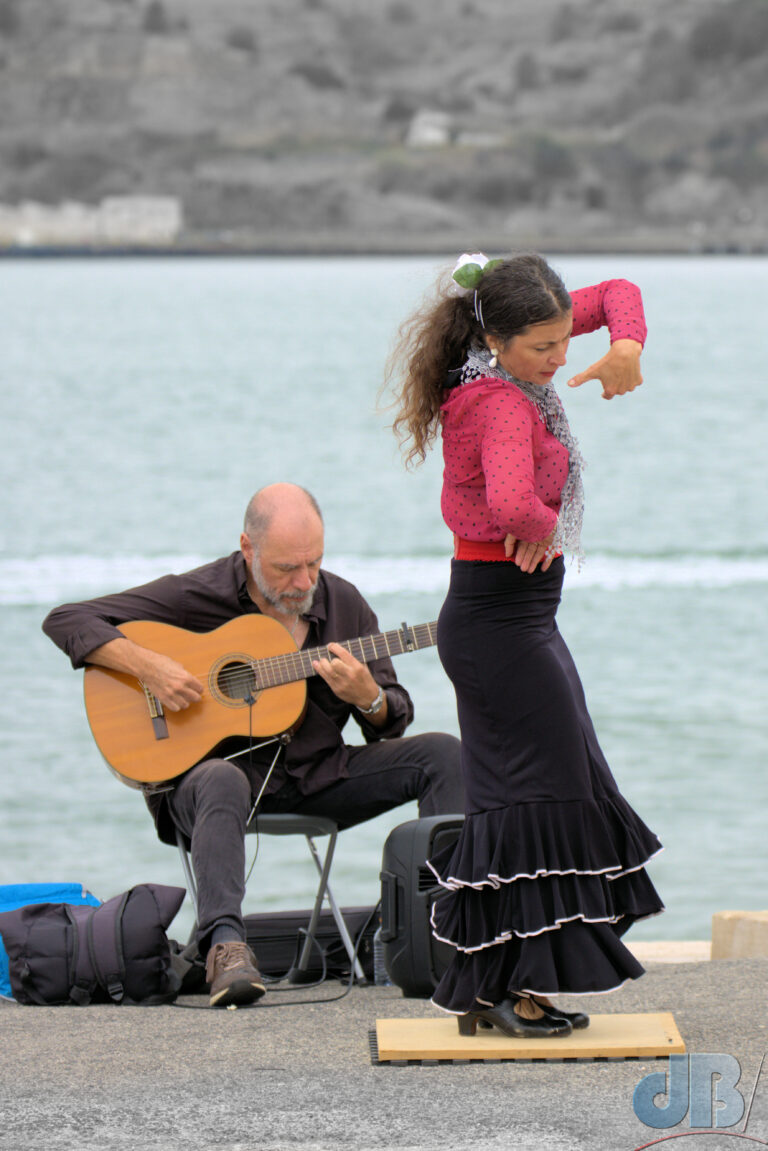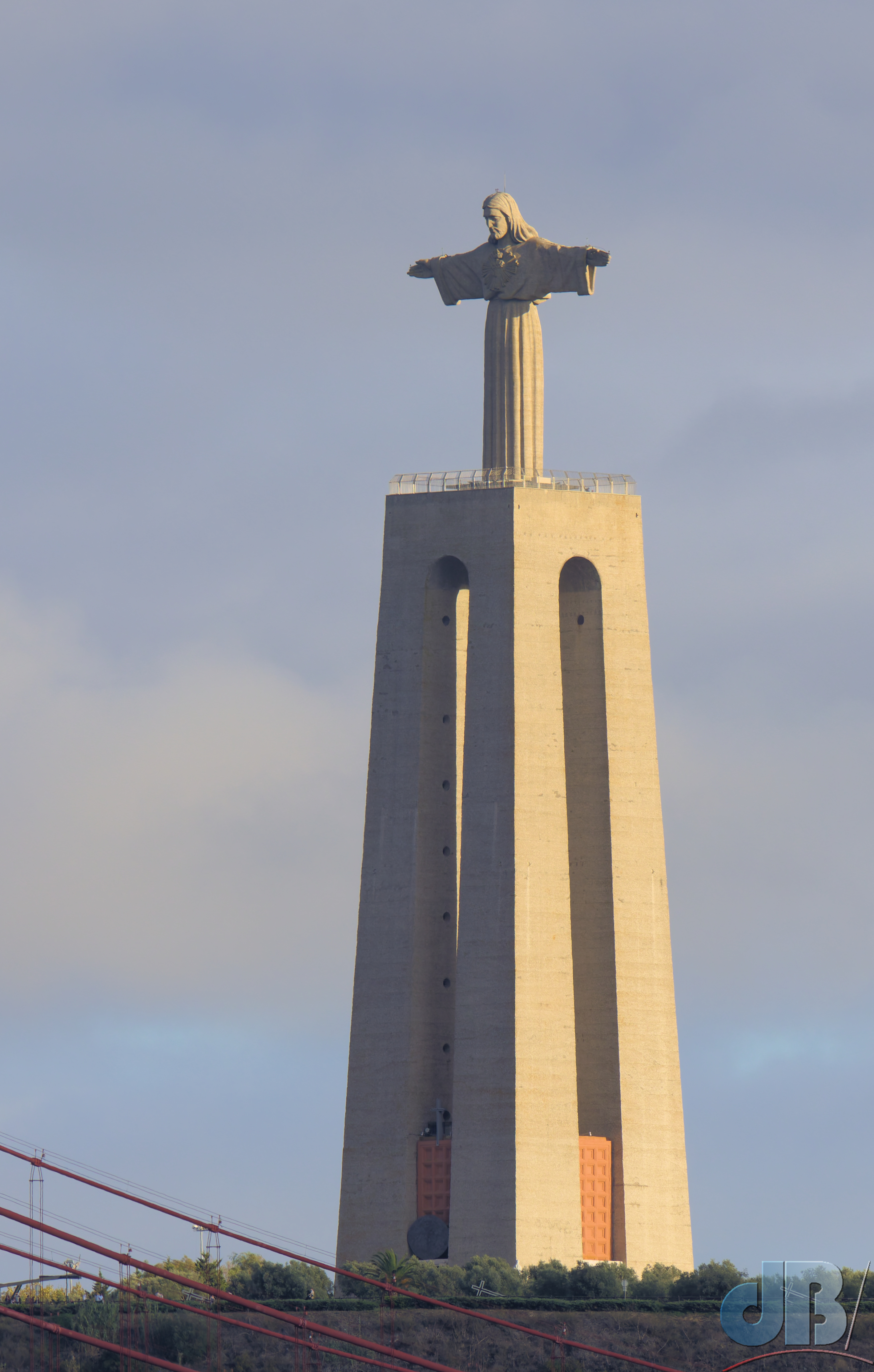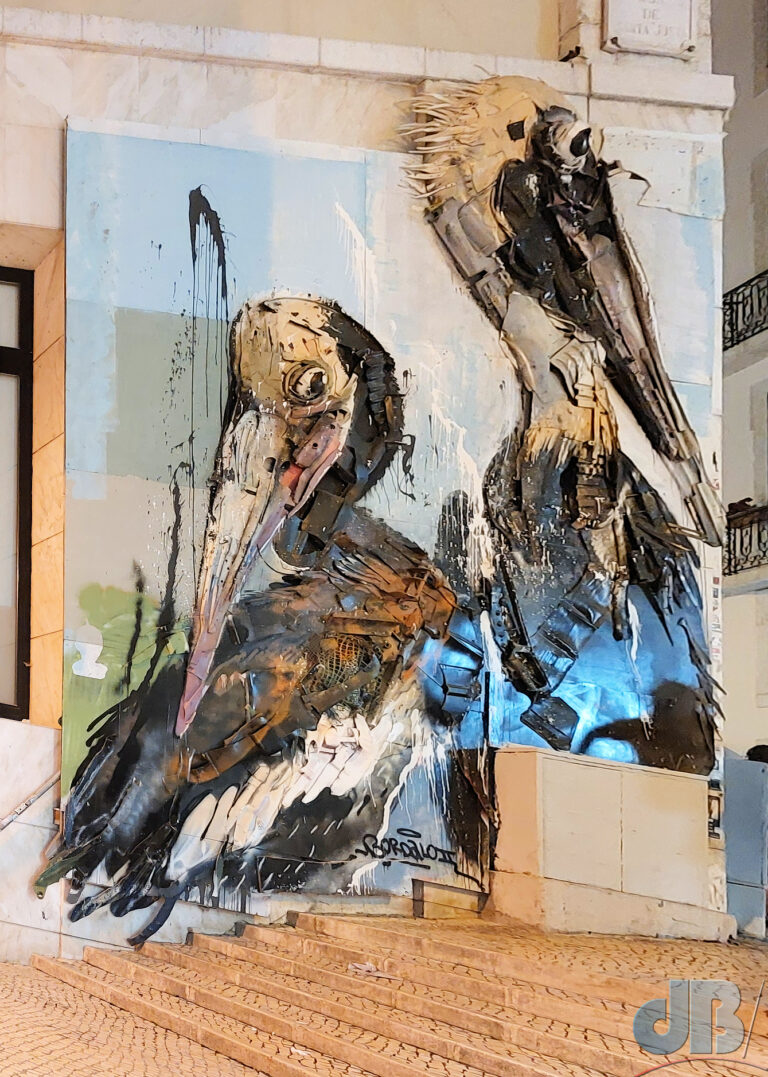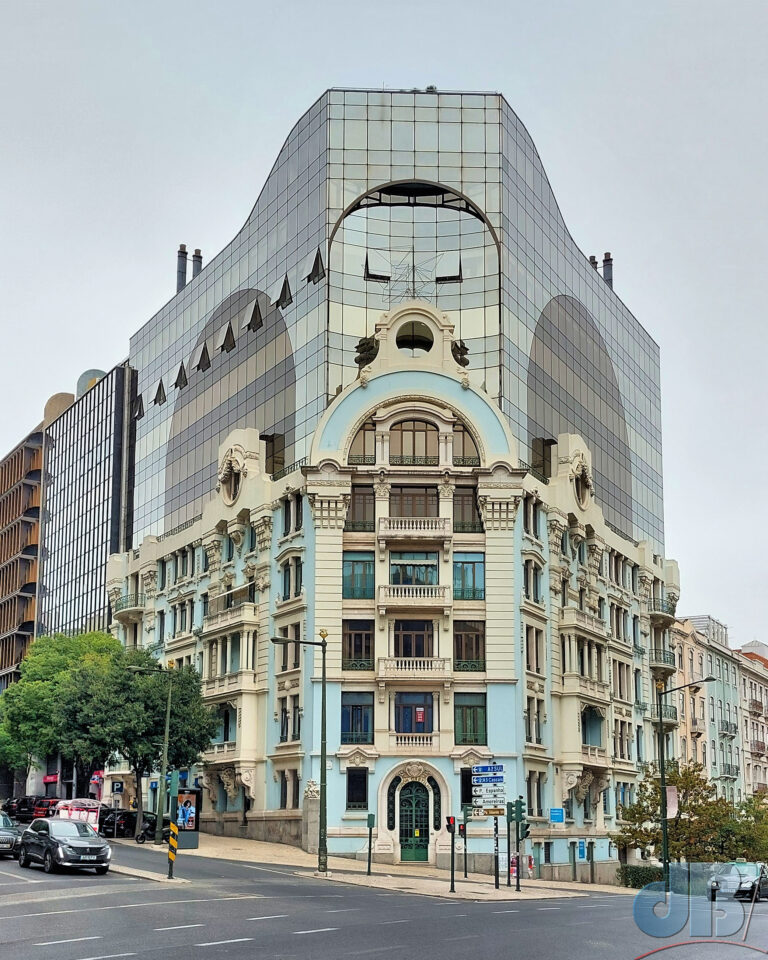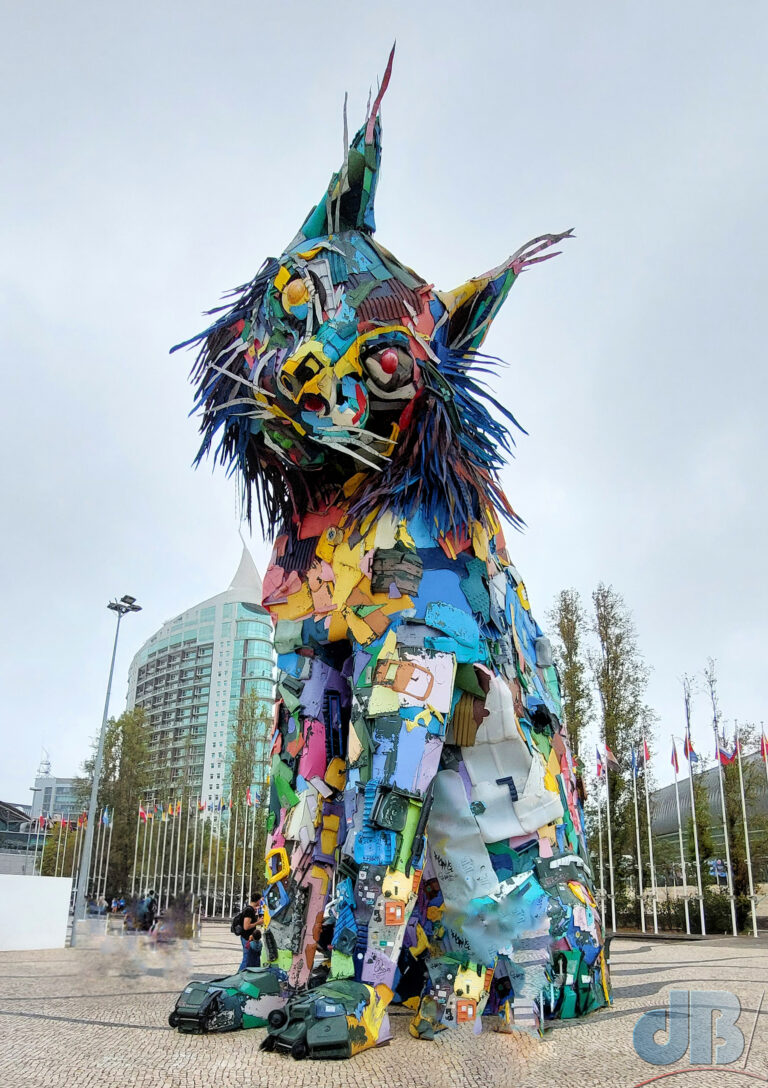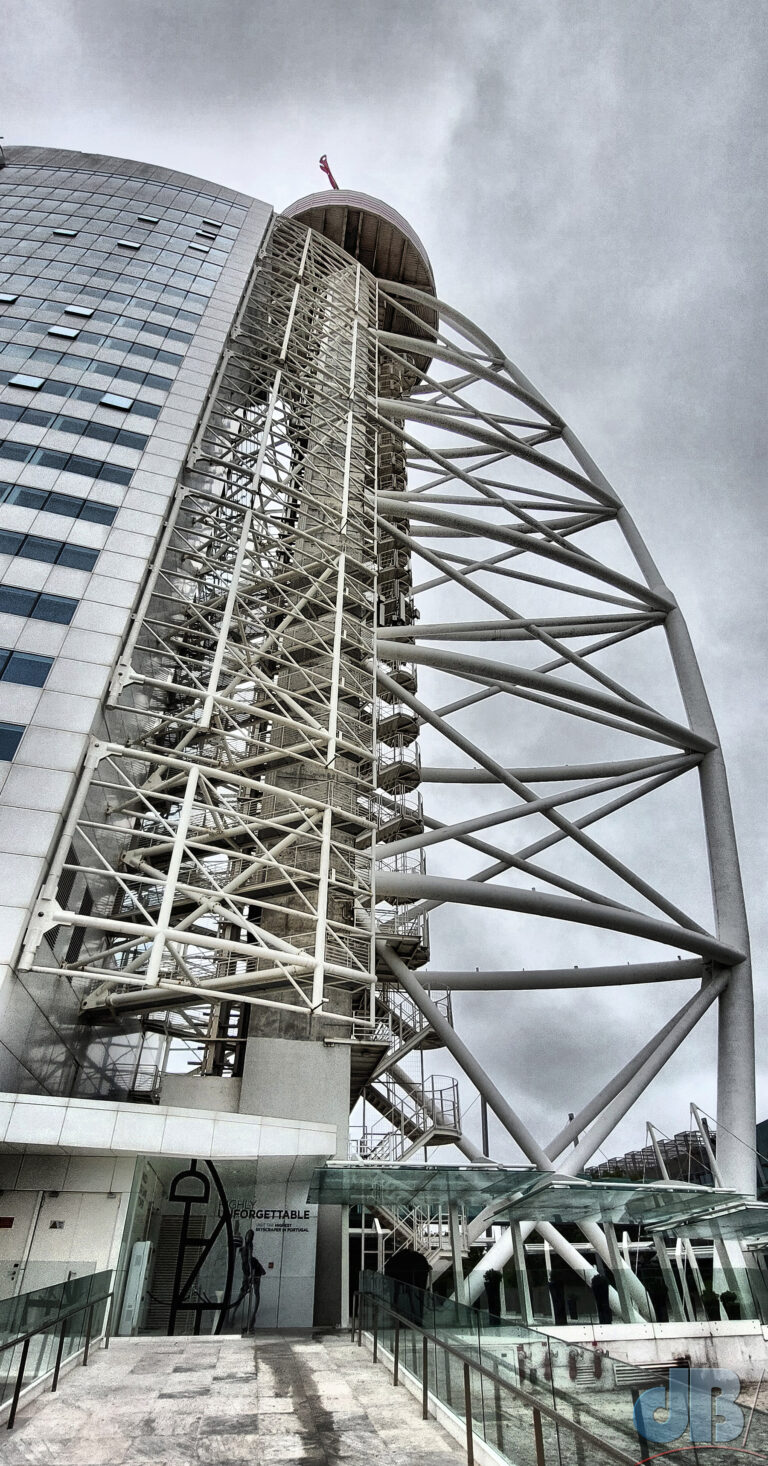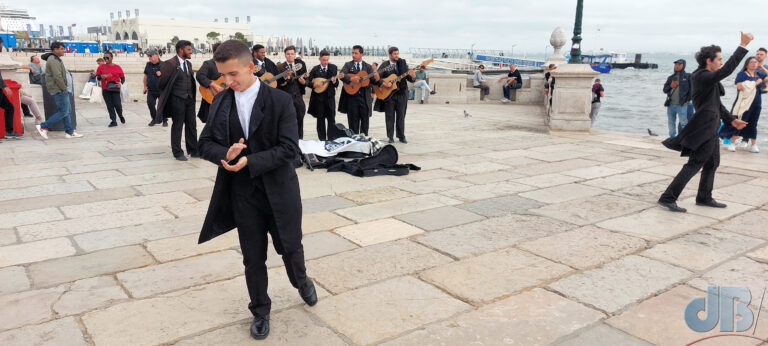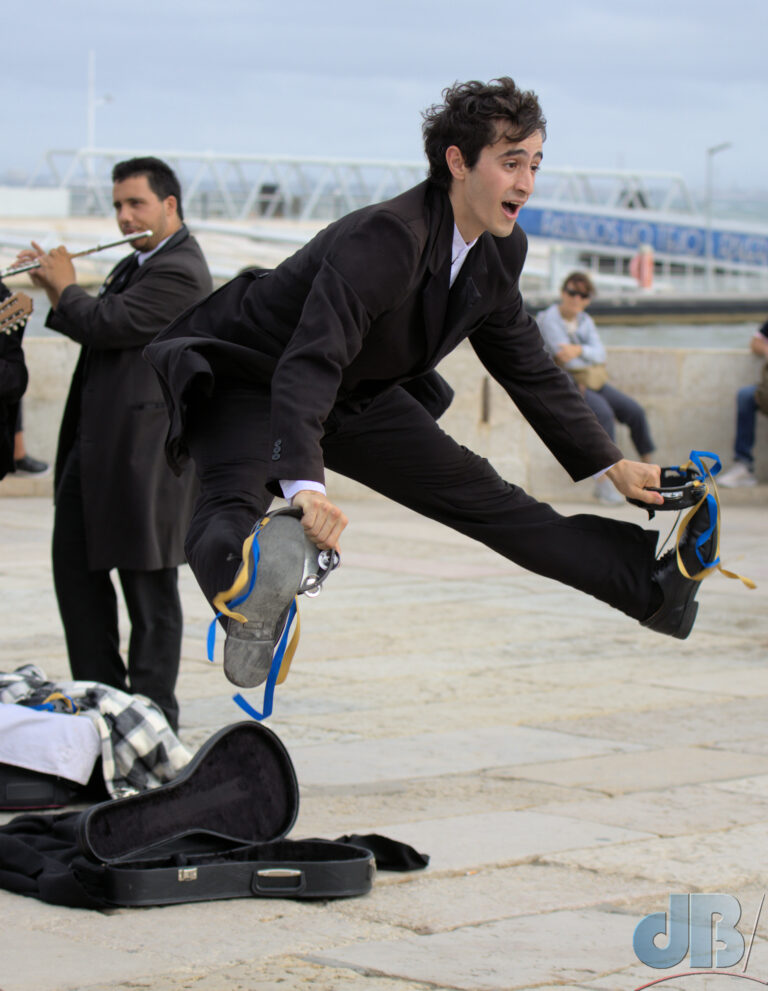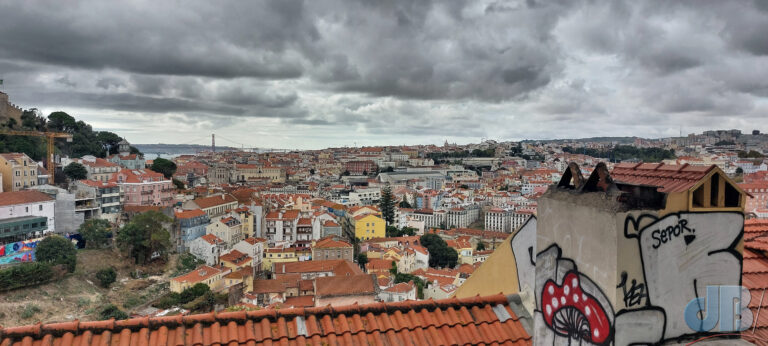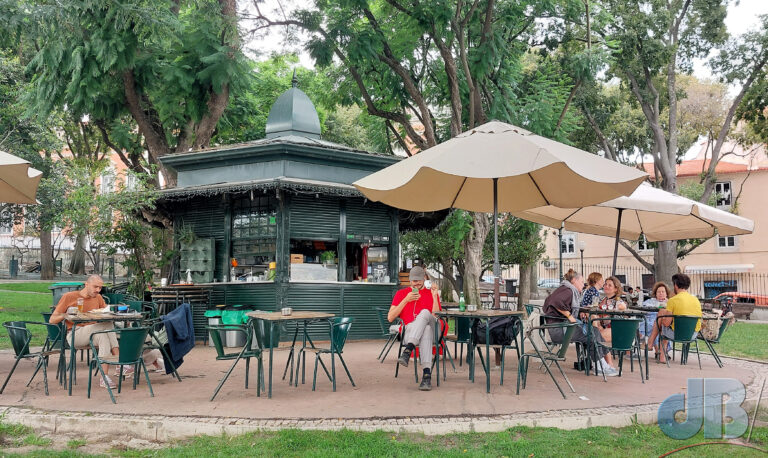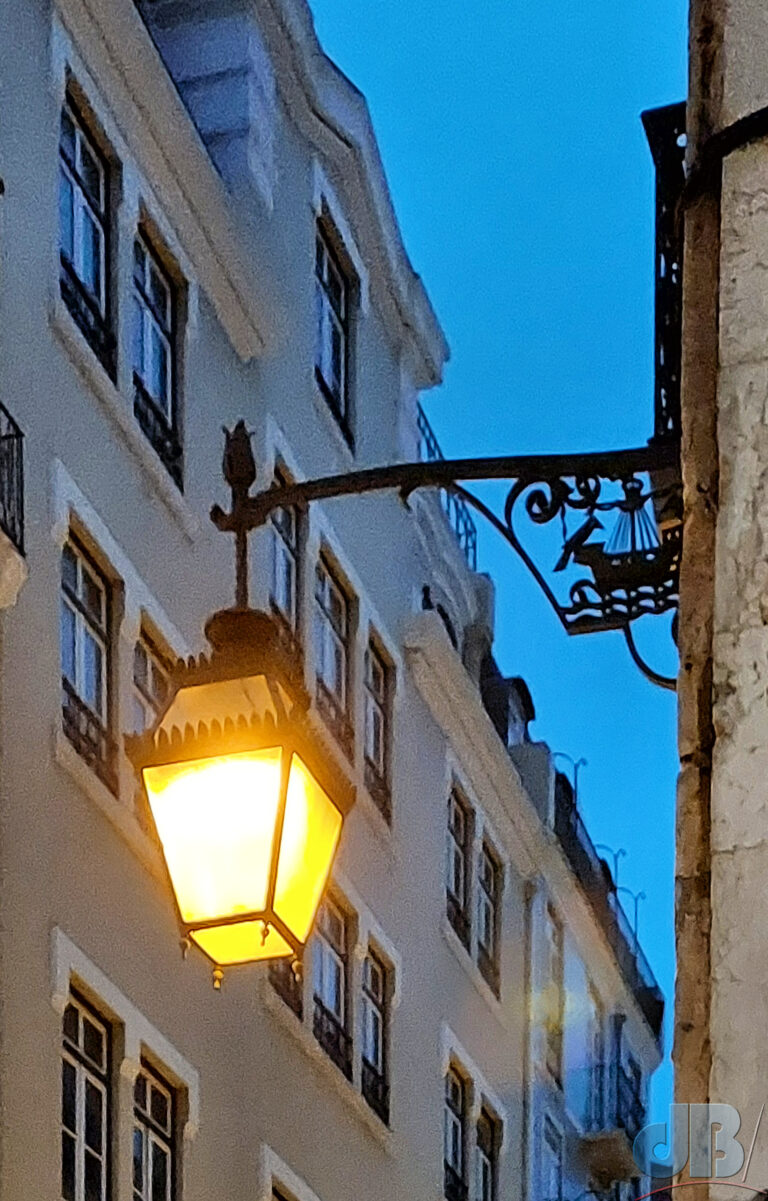Regular readers will know that I was recruited via my doctor’s surgery to take part in the Fenland Study. The study is taking a sample of the population in this area born between 1950 and 1975, and carrying out a raft of blood tests, body stature measurements, DEXA body fat and bone density and tests for diabetes, cholesterol, liver and kidney function etc.
I attended first in 2012 (the study had been running since 2005) and then again in 2017. I would’ve been due to have the third in 2022, but covid stymied their schedule. Many of us did some at-home monitoring and sampling for them during that period. I had the call back early in 2024 and opted to take part later in the year.
I’ve just been. Fasting from 10pm the night before. Blood tests, sugar test, grip strength, blood pressure, ECG, height, hip-to-waist ratio, DEXA scan, more blood tests, treadmill stamina, heart rate test.
My BP was good, much better than I’ve seen it in many years, 127/81 average of three measurements taken at rest a minute apart. It was 131/79 at Fenland Feb 2017 and 142/78 at my first Fenland in Feb 2012). My weight was a bit higher than I’d like it to be 86.8kg, but not bad for my age and height. Speaking of height, I think I’ve lost about a centimetre since the first tests in 2012, which might be expected given the years that have gone by since then. ECG was presumably okay as they let me do the activity tests, if that had come up negative, they would have stopped. Same with the glucose test, I assume if I had developed Type 2 diabetes since the 2017 tests, they would’ve halted me today.
Meanwhile, the grip strength was interesting. Average of two grips on the machine with each hand. Right hand was 45 kg, left hand was 52kg. Given that my right hand is my dominant hand, that seems odd. But, I do play guitar so perhaps have greater strength on that side because of that, I need to check my previous study measurements. Those are decent grip strength measurements for a man of my age, close to what they would be in someone a decade younger, perhaps. And most people would be biased to their dominant hand.
I had a quick glance at the DEXA scan, I didn’t look like a massive blob of fat on the slab and I didn’t see any nasty white patches in the ultrasound images of my liver, so hopefully, nothing to worry about there either. We’ll see.
UPDATE – 2 Jan 2025 – GP called, everything was all-clear, the only thing that was flagged was how many units of alcohol I’d had to drink during the week before the tests. Number was a bit more than is recommended, shall we say. Having had a major bereavement just before the study, I am not surprised that I’d had a bit more to drink than I ought to have had…GP was happy with that excuse and gave advice on moving forward.
